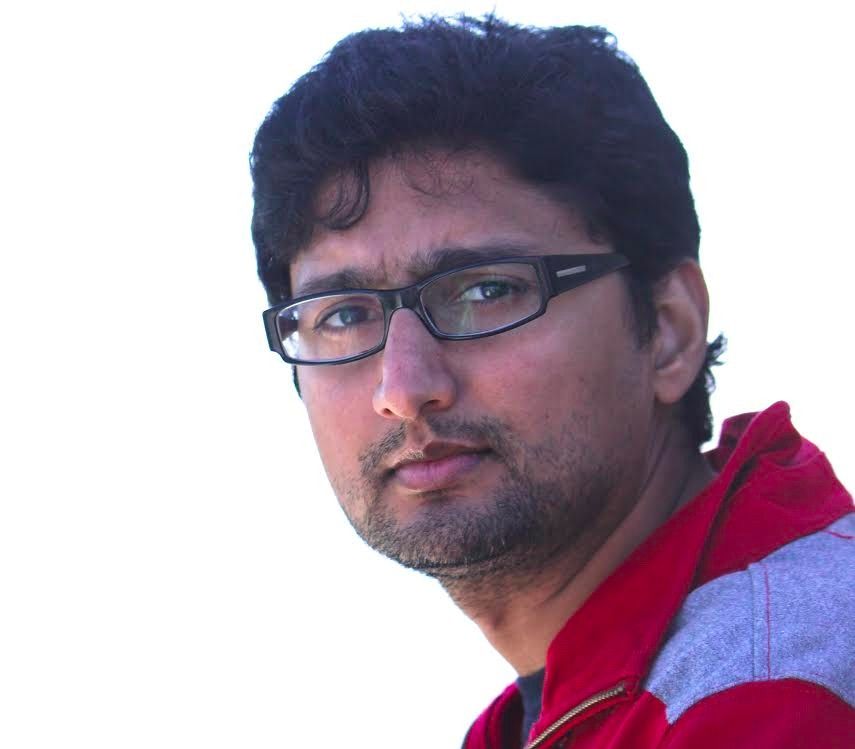NMR Relaxometry in Shale and Implications for LoggingNew
OR
About the Course
SPWLA members, view the course for free!
SPWLA Distinguished Speaker Series. The quantity of light hydrocarbon and natural gas in tight-oil and gas shales respectively is one of the primary indicators of reservoir quality (RQ). The measurement of RQ therefore depends on the ability to distinguish the quantity of the light oil or gas from other fractions of the total organic carbon, namely the immobile hydrocarbons such as kerogen, bitumen, heavy oil and formation water. Additionally, the separation of the oil into fractions hosted in organic versus inorganic porosity is important for determining the potentially producible fraction. Although multidimensional diffusion-relaxation correlation experiments can distinguish hydrocarbons from other fluids in conventional reservoirs, their use is restricted owing to the presence of short relaxation times in most tight oil and gas shale plays. The feasibility of nuclear magnetic resonance (NMR) relaxometry for determining the different constituents in shale based on the frequency dependence of their relaxation times is elaborated in this course. Two-dimensional NMR T1-T2 experiments take advantage of this frequency dependence to provide a robust method for the clear identification of the different fractions.
For more lectures like this, join SPWLA today
Your Instructor

Ravinath Kausik K.V. is a Senior Research scientist at Schlumberger-Doll Research. At Schlumberger he has focused on the development of novel NMR and petrophysical techniques for porous media, especially unconventional gas and tight oil organic shale plays. He has developed new NMR pulse sequences and petrophysical workflows for better understanding various fractions of unconventional plays such as the stored gas, bitumen, producible oil, kerogen and bound water. He is also involved in the development of the next generation NMR relaxometry and diffusometry measurements for both laboratory and logging applications. He obtained a M.Sc. from IIT Madras, India and Ph.D. degree in physics from the University of Ulm, Germany. He worked as a postdoctoral fellow at the University of California, Santa Barbara before joining Schlumberger-Doll Research in 2009.
Course Curriculum
-
StartPresentation Slides
-
Start1. Introduction (8:27)
-
Start2. 2D T1-T2 maps sensitivity to molecular mobility and applications to shale logging (4:00)
-
Start3. T1-T2 experiments on oil resaturated samples Vycor porous glass and Eagle Ford shale (5:36)
-
Start4. Universal picture of 2D NMR T1-T2 response in tight oil and gas shales (12:05)
-
Preview5. Methods for routine core-log interpretation (1:33)
-
Start6. Conclusion (2:14)
